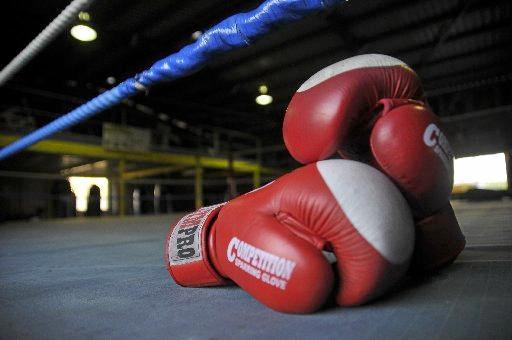Gender traffic lights debate: changing view or tokenism?
The Gympie Times editor Shelley Strachan and journalist Scott Kovacevic have different opinions on what the Melbourne traffic light debate means for equality.

Gympie
Don't miss out on the headlines from Gympie. Followed categories will be added to My News.
DEBATE over the decision to change 10 traffic lights in Melbourne has been divisive. In celebration of International Women's Day, two The Gympie Staff have their say on how future equality should be approached.
Editor Shelley Strachan says long-term changes must start somewhere.

IT'S easy to scoff or be annoyed at the move in Victoria to install pedestrian traffic lights that feature both men and women.
Political correctness gone mad? Tokenism?
Perhaps.
But the aim is to reduce unconscious bias (ingrained beliefs).
Everyone but the most self aware of us views the world through the prism of unconscious bias; it causes us to make decisions that are not objective. No matter how objective we think we are, we unconsciously tend to like people who look like us, think like us and come from backgrounds similar to ours.
This year's International Women's Day has put the spotlight on the pay gap. The average full-time male employee earns almost 18% more than the average woman. At a managerial level that pay difference climbs to 26.5%.
Then there's the glass ceiling. In business, there are more men called John, Peter or David running ASX200 companies than the total number of women.
Could the reason behind this state of affairs be the unconscious bias not only of men, but also of women themselves?
What seems petty and ridiculous to us right now will change the landscape future generations will grow up in and absorb as normal.
There's no harm in having both sexes represented at traffic lights, and at pedestrian crossing signs, so why object to it?
Journliast Scott Kovacevic, on the other hand, believes token gestures undercut true efforts for equality.

WILL changing a set of traffic lights really change anything?
Following the announcement 10 traffic lights in Melbourne are being given a gender swap, general consensus seems to be it's a terrible idea - and I agree.
That "traffic signal gender equality" can be said with a straight face should be surprising, but sadly it isn't.
Having spent six years studying - and two years working - at university, I can personally attest to the amount of navel gazing observed in academia.
And, as with all navel gazing, look long and deep enough and you're guaranteed to find some lint.
To be fair, it is important to note one fact is being overlooked: the cost is being footed by a committee of Victorian businesses and community groups, and Camlex Electrics. In other words, no taxpayer funding was harmed in the creation of this idea.
Where my view deviates, however, is with the cost of changing six traffic lights, which is said to be $8400.
Surely there are better uses for this money?
What domestic violence shelter would deny being given an $8000 windfall?
Another problem is the online response. Scorn and online outrage consistently fail to achieve anything, but it sure does seem to make people feel good.
One example: a common reply is changes must also be made to the school crossing signs which depict a mother helping their child cross the road, because it discriminates against men.
This is hailed as an epic reply, but as a suggestion it's just as pointless.
Because is it a mother and a child on the sign, or an elder sister and her brother? Is the little green guy a man, or a woman in a track suit?
These symbols are intended to be universal, to allow for quick processing of information in a busy world.
How does making them more complex and varied make this easier?
There are ways to go towards gender equality, but cheap publicity doesn't help


